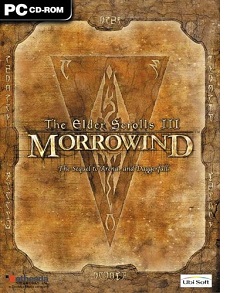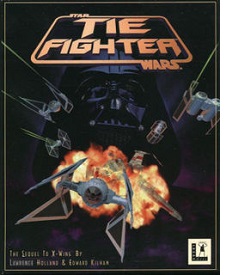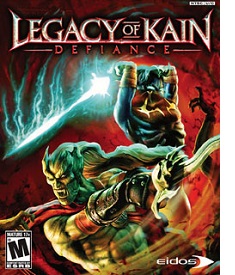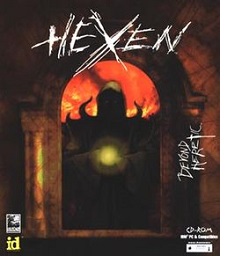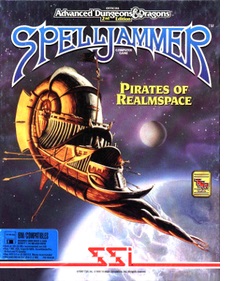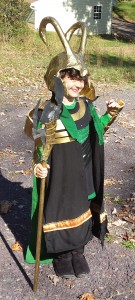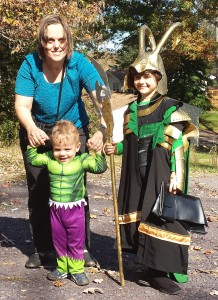Twice a year, everyone in America (save a few counties in Indiana) goes through a ritual where we change our clocks such that more daylight falls into that part of the day when most of us are traditionally working. According to Wikipedia, the United States started using it during World War I, though there were attempts to implement it as early as 1900. One of the earliest references to Daylight Savings Time that I ever encountered was from the play Inherit the Wind by Robert Edwin Lee. That play was written in 1955, and fictionalizes events from 1925.
The original idea was to maximize the amount of daylight between the hours of 8 am and 7 pm. For people in the agriculture industries, that makes good sense. It was also done to reduce the use of electricity by moving activities into hours with abundant sunlight. Given that I work in a building that’s 70% underground, I can’t really speak to that point. Maximizing sunlight hours for outdoor related activities makes sense. But as for the energy saving argument, I don’t think that holds up as well as it used to. Given that most workplaces now depend on the constant use of heating and/or air conditioning, which consume far more energy than electric lights and don’t care what time it is, I am a bit skeptical as to the difference one or two hours of artificial light makes.
I do know that this particular year I was actually looking forward to the fall clock change, because it was so dark in the morning that getting out of bed required a herculean effort. I mean, it’s hard to get out of a nice, warm bed when the sky is still pitch black and there is a definite chill in the air. Some mornings, even the dog wanted to sleep in! Now that the clocks have changed, the presence of morning sunlight makes it easier to get out of bed, but it also means that when I start home from work in the late afternoon, the sun is making an exit to stage West, and the temperature is falling like a rock. What’s worse, by mid- to late-November it will be dark in both the morning and the evening, so I loose either way.
Looking back, I think I prefer my extra daylight to come after my workday. That way I can work in my garden, or elsewhere in the yard, and actually see what I’m doing. I could shift such activities to the morning before I go to work, but in the morning I’m so focused on getting to work that just about everything else gets ignored. From the moment my alarm goes off until the moment I walk into my office, I have no other purpose beyond getting to that office. The extra morning daylight is wasted on me. So, is Daylight Savings Time worth the trouble? I honestly don’t know. I’ll consider this again in the spring when the clocks are moved again, and see how it effects me. This time, as opposed to the previous 94 times I’ve experienced this, I’m actually bothering to take note.
One thing has remained constant. I am not a morning person, and I never have been. I usually don’t like to get out of bed no matter what the clock says.
I do have one fun memory related to the clock shift, though. When I was growing up in Cortland, New York, we would periodically attend Sunday Mass at the Newman Chapel, adjacent to the SUNY Cortland campus. The pastor, Fr. Edward J. O’Heron, used to have a running joke about Daylight Savings Time. It went something like this:
And finally, if you’re wondering why this 10:30 am mass seemed to start a little late, it’s because this isn’t the 10:30 mass. This is the 11:15. You apparently forgot to change your clocks to reflect Daylight Savings Time.
He had variations on the joke based on whether it was “spring forward” or “fall back,” and which mass he was addressing. Even after we moved to Homer and generally attended a different church, I remember we used to go to Newman Chapel on those two particular Sundays just to hear Fr. O’Heron’s joke. And apparently we weren’t the only ones. I suspect most of the population of Cortland had heard that joke at some point, and it had become a local classic.
If memory serves, Father O’Heron died in the late 1990s. I remember when I was in graduate school he was suffering from a form of cancer, and had largely retired. I don’t know if his successor continued with the clock joke. I suspect not, because attendance at the Newman Chapel dropped off in the late 1980s and early 1990s, so it may no longer have two masses to joke about. It wouldn’t work at my current church; the two Sunday masses are scheduled too far apart.
Anyway, I guess I just find Daylight Savings Time to be a strange, perhaps antiquated practice. Modern technology has changed the workplace enough so that it almost doesn’t matter where the sun is any more. And workers (on almost all fields) are constantly being encouraged to come in earlier and work later, which also renders the clock nearly irrelevant.
But no matter what the clock says or doesn’t say, I’m still having trouble staying alert, and I need some caffeine, stat.
Diet Coke, don’t fail me now.

